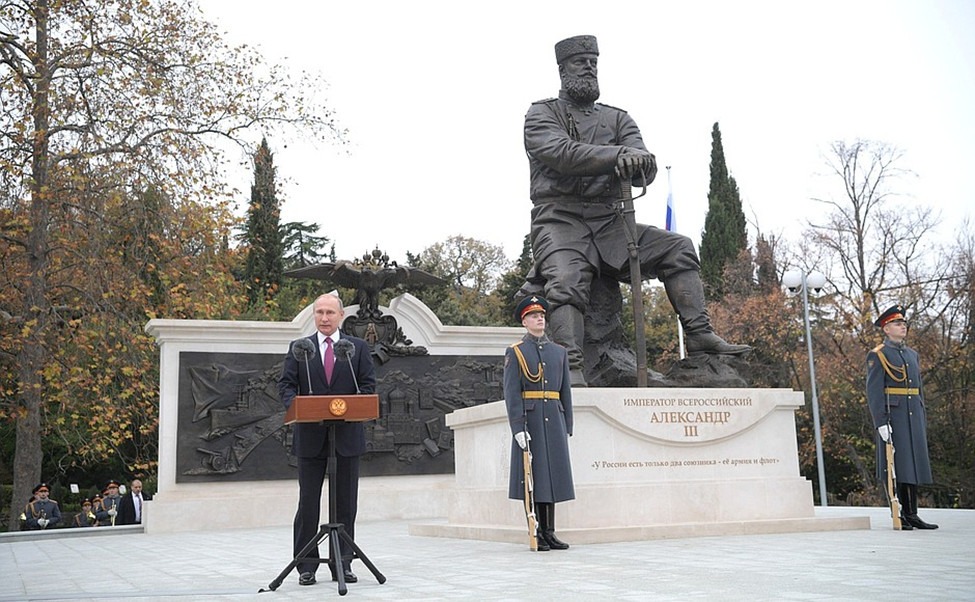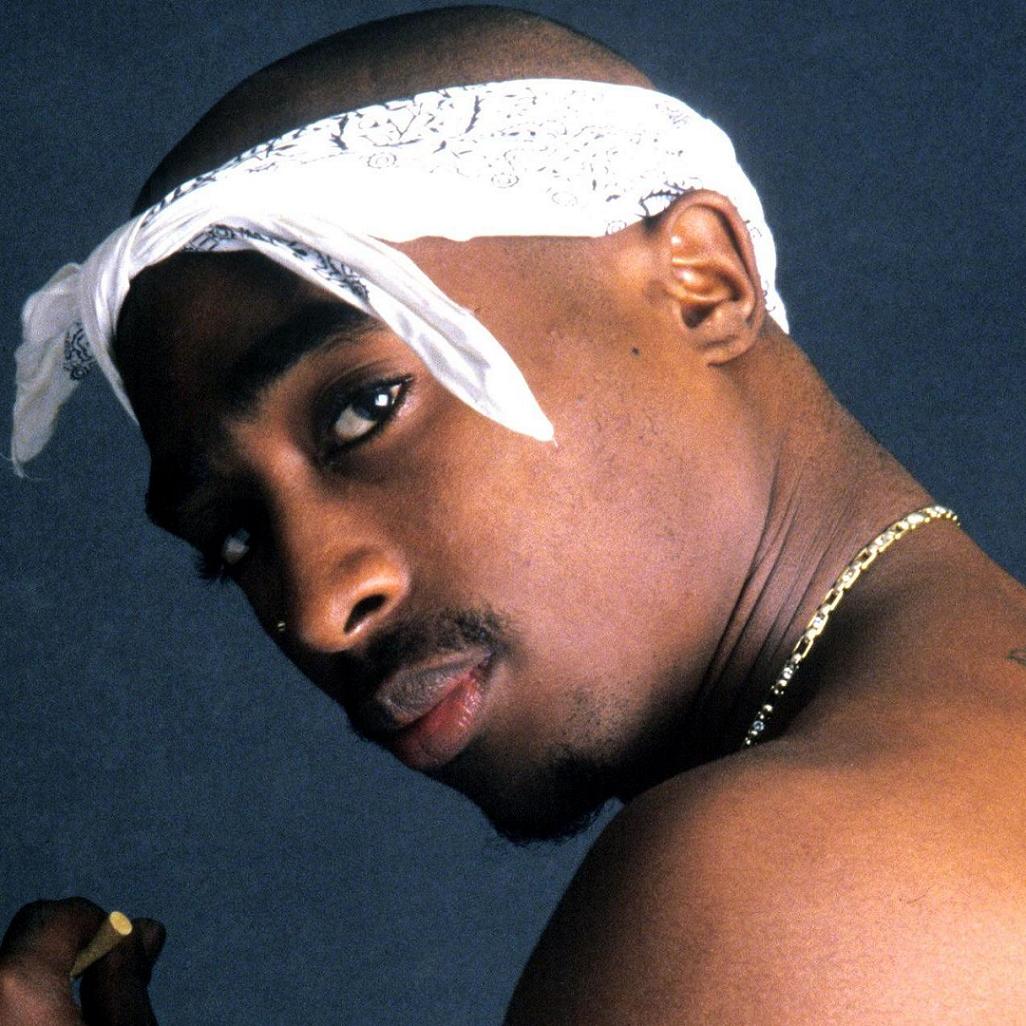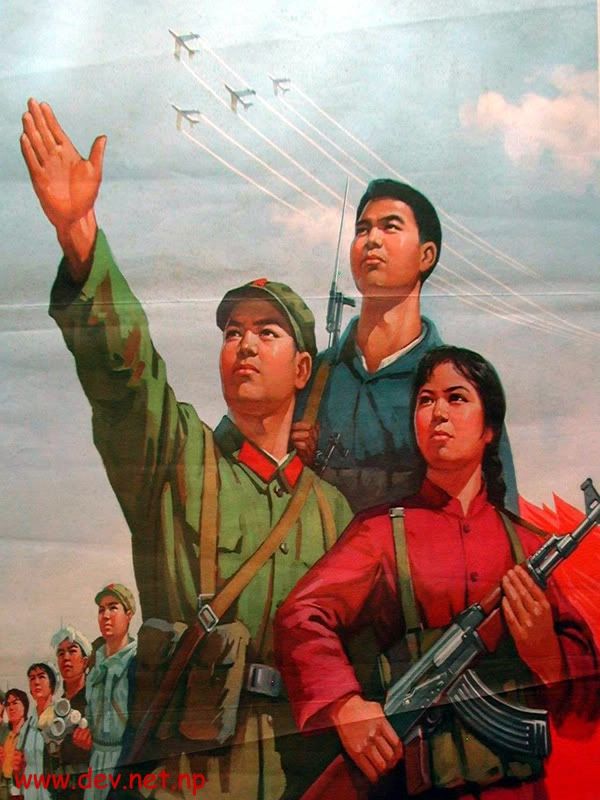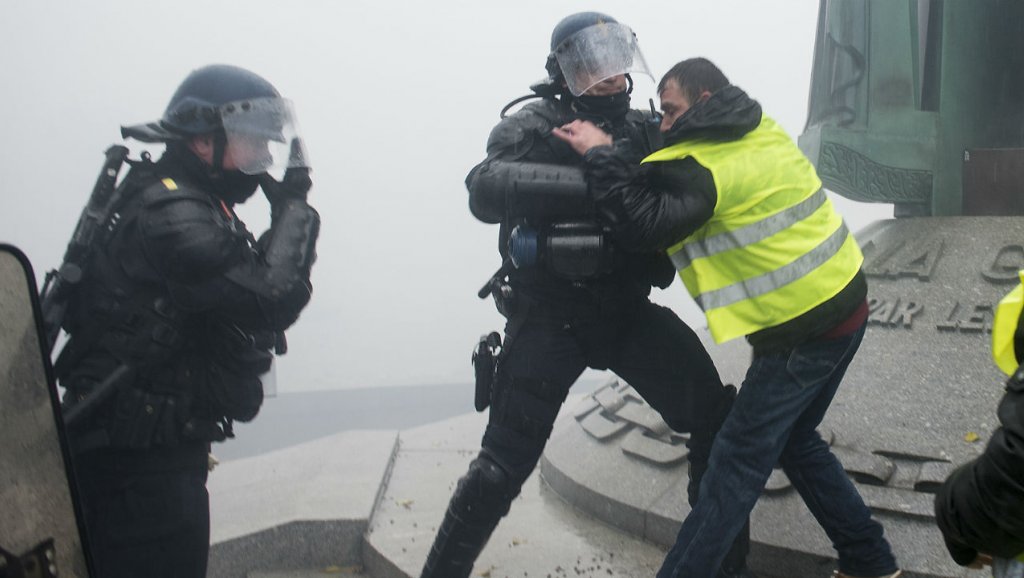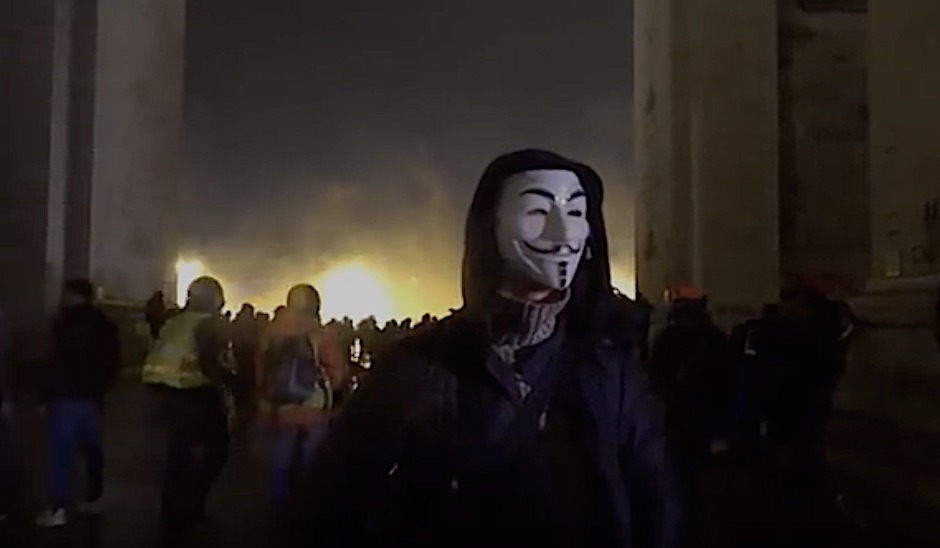Medical Mystery: what caused Alexander III to develop nephritis?
William H. Warrick III for The Saker Blog
Originally October 08, 2019
Speech of President Putin at the dedication of the new statue:
“Dear Friends, Today here in Crimea, at the famous Livadia Palace, we are unveiling a monument to Alexander III, an outstanding statesman and patriot, a man of stamina, courage and unwavering will. He always felt a tremendous personal responsibility for the country’s destiny: he fought for Russia in battlefields, and after he became the ruler, he did everything possible for the progress and strengthening of the nation, to protect it from turmoil, internal and external threats. Contemporaries called him the Peacemaker tsar.
However, according to Sergei Vitte, he gave Russia 13 years of peace by not yielding but by a fair and unwavering firmness. Alexander III stood up for the country’s interests directly and openly, and that policy enured the growth of Russia’s influence and authority in the world. The country’s industrial potential was growing dynamically, while a groundbreaking labour law was adopted protecting worker’s rights, a law that was far ahead of legal practices in many other countries.
New factories and plants were opening, new industrial sectors were springing up, and the railways expanded. It was the emperor’s decree that started the construction of the Great Siberian Road – the Trans-Siberian Railway, which has been Russia’s asset for over a century. Alexander III also began a major program for the army’s modernization.
Large-scale shipbuilding projects were implemented, including those for the Black Sea Fleet. He believed that a strong, sovereign and independent state should rely not only on its economic and military power but also on traditions; that it is crucial for a great nation to preserve its identity whereas any movement forward is impossible without respect for one’s own history, culture and spiritual values.
The reign of Alexander III was called the age of national revival, a true uplifting of Russian art, painting, literature, music, education and science, the time of returning to our roots and historical heritage. It was under Alexander III that the White-blue-red flag became widely used as the national flag, which has now become one of the major state symbols of our country.
Alexander III loved Russia and believed in it, and by unveiling this monument today we pay tribute to his deeds, achievements, and merits, we show our respect for the continuous history of our country, for the people of all ranks and social classes who earnestly served the Fatherland. I am confident that the current and future generations will do their best for the wellbeing and prosperity of the Fatherland, as much as our great ancestors did. Thank you.”
***

Alexander and his wife Empress Maria Fyodorovna on holiday in Copenhagen in 1893.
[dropcap]D[/dropcap]uring the summer of 1894 Czar Alexander III began feeling “not well”. His symptoms continued and worsened into September and the Czarina had to write her family in Denmark to cancel a planned visit. The Czar then went to the Crimea to try and recuperate in the warmer climes there. His health then rapidly declined and he died on Oct 20, surrounded by family after reading 2 prayers, taking communion from Father Yanyshev and prayers by the priest from Kronstadt [2]. In the last days and hours he was a total invalid unable to do anything for himself and only let the Czarina help him. He wouldn’t even let the chamberlain help him [3] (this likely means he was incontinent of bowels and urine).
The official cause of death reported the following day (presumably after post-mortem examination) was 1. “Chronic Interstitial Nephritis” 2. “Contributing causes: Consequent failure of heart and blood vessels” 3. Other Diagnoses: “Hemorrhagic Infarct of the left lung with subsequent inflammation”. Several physicians were signatories of the Autopsy Report including: Leiden, Zakharin, surgeon Girshev, Professor Popov and honorary surgeon Veliaminov. Count Vorontsov-Dashkov, Minister of the Imperial Court also was a signatory to make the document official [4].
Missing from the primary diagnosis however, is the cause of the nephritis. The Historical record is that it was “caused by his drinking” and “a bruise of his kidney” (which kidney R or L is not specified) [5]. There is a problem with both of these in that neither alcohol nor trauma are listed as causes of nephritis. The causes of nephritis are Infection, Autoimmune disease and toxic. The question then is a Medical one, not a Historical one. To answer this question his medical history is required, probably access to the archives of the Romanovs. For now however I will proceed with what little I have found.
Physically he was similar to his Grandfather, Nicholas I and his Great, Great, Great-Grandfather Peter The Great, very big and very strong with a forceful personality. His build was that of a classic middle linebacker like Dick Butkus of the Chicago Bears or Jack Lambert of the Pittsburg Steeler’s famed “Steel Curtain”. His strength was such that he was able to lift the roof of the dining car he and his family were in when their train crashed in 1888 on the way back from The Crimea so they could get out. He was said to have “bruised his kidney” in the crash and suffered “critical damage to his internal organs” (apparently the kidney) [6].
In the ensuing years he was said to have developed back pain but exactly when is not indicated and have problems with kidney stones [7]. Peter had major problems with nephrolithiasis and had a major obstruction complicated by infection and sepsis leading to his demise. His chronic liver disease from alcohol related cirrhosis also probably played a role. I have not seen anything suggesting alcohol intake even remotely close to that of Peter’s prodigious alcohol intake, but again, alcohol does not cause nephritis.
One piece of medical history that I did find was that he came down with influenza in January 1894. “With complications in the Lung” (which lung was not specified) [8]. This raises the probability of Post-Influenza Pneumonia which can cause Post Infectious Nephritis. Post Infectious Nephritis however occurs at the time of resolution of the infection and is self-limited and therefore an unlikely to be a cause of death in the September-October timeframe. Additionally symptoms of nephritis would have been present in January or February and this was not reported.
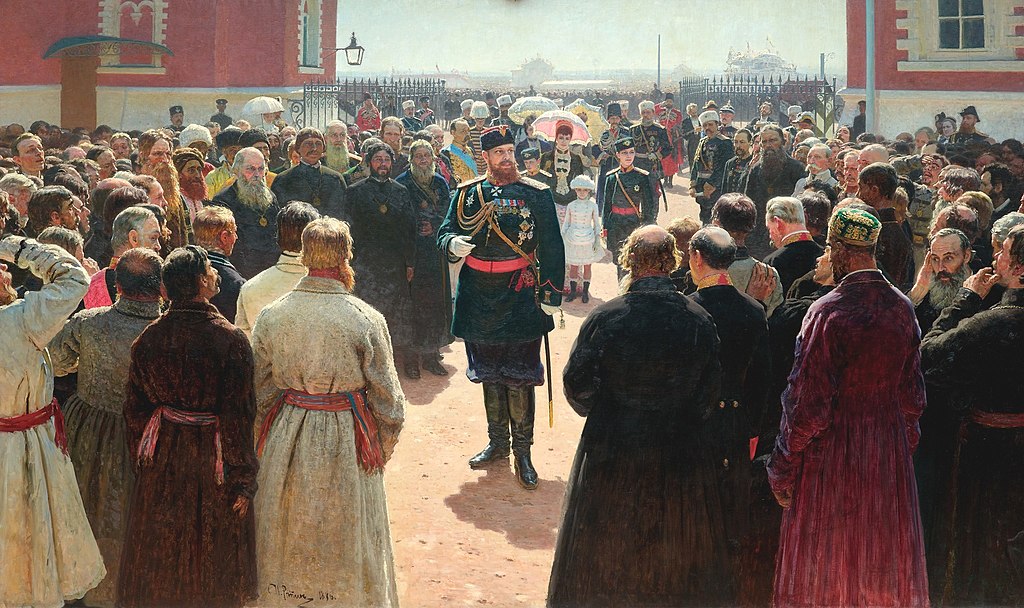
Alexander receiving rural district elders in the yard of Petrovsky Palace in Moscow; painting by Ilya Repin
His main medical problem was severe stress. When Alexander II was assassinated Russia was in dire economic straits. The economy was stagnant, there were large budget deficits that had led to a large National Debt, and the country was divided by political and social divisions due to poor execution of his father’s reforms. Also he was extremely worried about the safety of his family and himself from assassins in the People’s Will and other terrorist groups [9]. There were 8 attempts on his father the last 4 of which were complex indicating sophisticated planning, large amounts of explosives and many participants [10]. There were at least 5 attempts on him [11]. He was so fearful that on one occasion, when he entered the guard room, one of them quickly put his hand behind his back so the Czar shot him thinking he was hiding a pistol. It turned out to be just a cigarette. When he became Czar he fired all his father’s Liberal advisors, cracked down on the terrorists and returned to Autocracy, Orthodoxy and Nationality, abolished some liberal reforms and did several things to improve the lot of the Peasants. He lowered the redemption payments and compulsory purchase of peasant plots instituted when serfdom was ended. He abolished Peter’s Poll Tax, founded the Peasant Land Bank and limited the working hours of women and children.
His other great worry relates to Foreign Policy [12]. Right after he became Czar the Three Emperors League Treaty was up for renewal. Because of the economic problems and high budget deficits he wanted to avoid war at all costs so he renewed the treaty for practical reasons. He renewed it again in 1884. But in 1887 he decided against renewal but entered into a non-aggression pact with Germany [13]. By 1890 the economy had been turned around with the assistance of loans from France for Infrastructure development and the economic policies of Sergei Witte. The Trans-Siberian RR, conceived by Alexander III had been started in 1891, the other foreign loans were being paid off from the infrastructure development. The crop failure of 1891 was a major disaster that caused half a million deaths. Intermittent crop failures were a recurrent problem of climate and soil problems in Russia but with the largest landmass (1/6th of the Earth’s surface), a modernized Military and over a hundred new ships for the Navy, many of which were steam powered, the discovery of oil, numerous and plentiful Natural Resources, Russia was looking like the most powerful country in the world [14]. This creates foreign enemies who want to destroy you and take your resources from you. Alexander decided his main allies were his Army and Navy. He changed his alliances to France [15]. During this period of the early 1890s Russia was returning to its past record of “the Gendarme of Europe (or likely Eurasia)” and the Romanov characteristic of avoiding war and being a Peacemaker.
So, now we return to the question, what caused his nephritis? The medical history of the last few weeks of his life does not support a diagnosis of infection and he was an unlikely candidate for autoimmune causes of nephritis for several reasons. The most common of autoimmune disease is Lupus and he doesn’t fit that because of his sex, Nationality, age and lack of any other conditions caused by Lupus which would have been present prior to the development of nephritis. In addition, Lupus nephritis waxes and wanes over years and his course was too rapid and besides Lupus is not a very common disease [16]. The other causes of autoimmune nephritis such as Goodpasture’s Syndrome, Wegener’s Granulomatosis, Sjogren’s Syndrome, ANCA nephritis, Sarcoid, TB, vasculitis and several others are not considered for many of the same reasons as Lupus. They are even more rare that Lupus, all have other signs and symptoms and the nephritis is prolonged. He didn’t have Alports Syndrome, a hereditary cause nor did he have any Hematopoietic disease related history so those are ruled out. Balkan Nephropathy is an endemic problem around the Danube River but he didn’t live there. About 10-20% of cases are idiopathic, in which no cause is found, but again, the course is prolonged and does not fit with rapid demise.
This leaves us with a toxin as the cause because there isn’t anything else to do it. Today the primary toxins are prescription drugs which did not exist in the 1890s. Aspirin can do it but it takes years of high intake and takes years to wipe out the kidneys. The only toxin I can come up with is arsenic. It is tasteless and odorless and small amounts in food, tea or other beverage would not be noticed by the victim and kidneys would be destroyed rapidly the longer it is given, so my Final Diagnosis is:
Chronic Nephritis from surreptitious Arsenic ingestion by unknown assassins.
This raises the question of why didn’t his doctors figure this out in late August or in September when the signs and symptoms of nephritis would be present. Arsenic had been known as a toxin long before the late 19th Century, the history of prior assassination attempts of him and the assassination of his father are huge red flags that should have been noticed. The Peoples Will employed sophisticated tactics, Russia was a World Power with enemies who wanted to dominate it and Alexander III was not the type to be dominated. He was the one who did the dominating so more work by Historians is needed to find the perpetrators of this crime.
Bibliography:
[1] Massry & Glassock’s Textbook of Nephrology Subsequent Edition
by Shaul G. Massry (Author), Richard J. Glassock (Author)
[2] Biography of Alexander III; Rusartnet, The Premier Site for Russian Culture. http://www.rusartnet.com/biographies/russian-rulers/romanov/tsar/alexander-iii
[3] Ibid
[4] Ibid
[5] Ibid
[6] Ibid
[7] Ibid
[8] Ibid]
]9] Ibid
[10] The Romanovs. The History of the Russian Dynasty – Episode 8. Documentary Film. Babich-Design
https://www.youtube.com/watch?v=gSlVgtwAcRA&t=1249s
[11] Biography of Alexander III; Rusartnet, The Premier Site for Russian Culture. http://www.rusartnet.com/biographies/russian-rulers/romanov/tsar/alexander-iii
[12] Three Emperors League; Encyclopedia.com; Encyclopedia of Russian History;
http://www.encyclopedia.com/history/modern-europe/treaties-and-alliances/three-emperors-league#1G23404101374
[13] Ibid
[14] The Romanovs. The History of the Russian Dynasty – Episode 8. Documentary Film. Babich-Design
https://www.youtube.com/watch?v=gSlVgtwAcRA&t=1249s
[15] Three Emperors League; Encyclopedia.com; Encyclopedia of Russian History;
http://www.encyclopedia.com/history/modern-europe/treaties-and-alliances/three-emperors-league#1G23404101374
[16] Massry & Glassock’s Textbook of Nephrology Subsequent Edition
by Shaul G. Massry (Author), Richard J. Glassock (Author)
 Dr Warrick was born in Philadelphia, Pa. in December 1943 and has Bachelors Degrees in Business Administration and Psychology, an MD Degree from the University of Pennsylvania and was a Family Physician in Gainesville Florida for 34 years and now does Open Source Intelligence Analysis in Geopolitics, The Empire, Public Banking and Modern Monetary Theory.
Dr Warrick was born in Philadelphia, Pa. in December 1943 and has Bachelors Degrees in Business Administration and Psychology, an MD Degree from the University of Pennsylvania and was a Family Physician in Gainesville Florida for 34 years and now does Open Source Intelligence Analysis in Geopolitics, The Empire, Public Banking and Modern Monetary Theory.

This work is licensed under a Creative Commons Attribution-NonCommercial 4.0 International License
